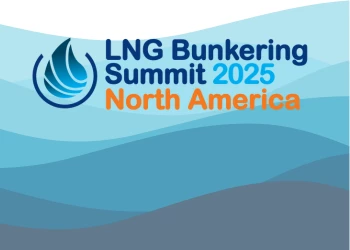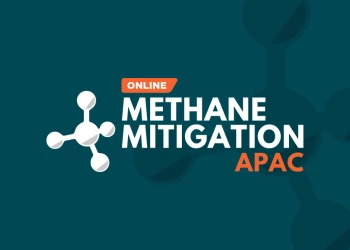Pipelines: Strategies to Address Stress Corrosion Cracking and Ageing Infrastructure
Add bookmark
In this Q&A interview, Drew Heyle, Manager of Corrosion Control at Kinder Morgan joins Oil & Gas IQ to discuss strategies for addressing Stress Corrosion Cracking (SCC).
SCC is a significant challenge for pipeline operators. Coating failures and fluctuations in temperature are among the numerous causes of stress corrosion cracking. While not an issue that occurs on a consistent basis, preventing SCC is of great importance in order to ensure the safety of workers, the environment, and to ensure environmental compliance. In this Q&A interview, Drew Heyle, Manager Corrosion Control at Kinder Morgan joins Oil & Gas IQ to discuss strategies for addressing SCC.
Oil & Gas IQ: What strategies are available for addressing Stress Corrosion Cracking?
Drew Heyle: Whether the threat is classic SCC or near-neutral pH SCC, a comprehensive program is required including design, construction, monitoring, mitigation, assessment and remediation. The risk factors are still not completely understood, and the tools for monitoring are not completely effective, especially with near-neutral pH SCC, but a comprehensive program allows the reduction of risk due to environmental cracking to a manageable level.
Oil & Gas IQ: How do mitigation and monitoring strategies differ for high-pH SCC and near-neutral pH SCC?
Drew Heyle: Mitigation for both starts with effective coatings and cathodic protection. Close-interval potential surveys can show where coating is disbonded and cathodic protection levels are insufficient for high-pH SCC, but near-neutral pH SCC is typically associated with coatings that are disbonded and electrically shielding, so potential measurements are not able to identify risk areas. Data integration of other factors for formation or growth of SCC cracks is necessary to identify areas at risk for near-neutral pH SCC.
Oil & Gas IQ: Aging Infrastructure has some of the most intricate and complex infrastructures in the oil & gas industry. Nearly 60% of all pipelines in the US are 40 years or older. What have proven to be the best methods for dealing with corrosive influences on aging infrastructure?
Drew Heyle: Maintaining aging pipeline infrastructure against the threat of corrosion is a continuous battle, and the detrimental effects are cumulative, but pipelines remain the safest method of transportation and vintage pipelines can be operated as safely as new pipelines.
The primary difference in corrosion protection for a vintage pipeline compared to a newly-constructed pipeline is in the effectiveness of the coating.
If the designers selected an effective long-term coating, and the construction staff were diligent about proper surface preparation and application, and the pipeline was operated within the limits of the coating, then the differences are small, but if any of these were not the case, then the pipeline becomes much more difficult to protect. If the pipeline coating is not in good condition, orders of magnitude more cathodic protection current are required to maintain CP criteria, and the levels of cathodic protection will vary considerably.
Vintage pipeline operators must have more mitigation, more rehabilitation, and more frequent monitoring and assessment. The costs to operate vintage pipelines as safely as new pipeline are much higher but not higher than the cost to replace this critical infrastructure.
[inlinead]
LEARN MORE:
- The Top 10 Oil & Gas Companies in the World
- 50 Oil & Gas People You NEED To Follow On Twitter
- Oil & Gas Industry: An Introduction
- Oil and Gas Production - An Introduction
- Oil and Gas Technology: The Future Is Now
-
FPSO Resource Centre: Introduction to Floating Production Storage and Offloading
|
Have Your Say Rate this feature and give us your feedback in the comments section below |















